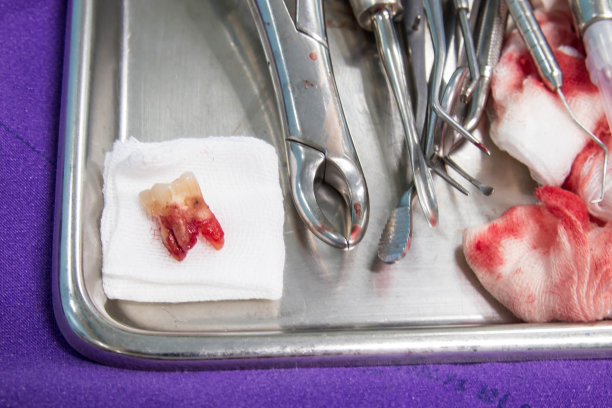The Essential Guide to Understanding the Tooth Extraction Process and Aftercare for a Smooth Recovery
Summary: This article provides an essential guide to the tooth extraction process and the necessary aftercare steps to ensure a smooth recovery. It breaks the journey into four key aspects: understanding the extraction procedure, preparing for the extraction, post-extraction care, and recognizing complications. Each section offers insights into what individuals can expect during and after the tooth extraction, along with practical advice to support healing and prevent issues. This comprehensive overview empowers patients with knowledge, reducing anxiety and promoting effective recovery after dental surgery. By understanding each phase and adhering to aftercare guidelines, patients can ensure a more comfortable experience and a healthier mouth.
1. Understanding the Tooth Extraction Procedure

Tooth extraction is a surgical procedure necessitated by various dental issues, including decay, crowding, or damage. The process typically begins with a thorough evaluation by a dentist or oral surgeon. This may involve X-rays and a comprehensive dental exam to determine the best extraction approach. Understanding the reasons for extraction helps demystify the procedure for patients.
Once the assessment is complete, the dentist administers anesthesia, either local or general, depending on the complexity of the extraction. Patients should expect to feel pressure rather than pain as the tooth is removed. In cases of impacted teeth, such as wisdom teeth, the extraction may require a more involved surgical approach.
After the extraction, the dentist provides post-operative instructions, which are crucial for the healing process. Recognizing the components of the extraction process can help reduce anxiety and prepare patients for what is to come.
2. Preparing for the Tooth Extraction
Preparation for a tooth extraction involves several important steps to ensure everything goes smoothly. First, patients should disclose their full medical history to their dentist, including any medications they are taking. This information is vital for avoiding potential complications during the procedure.
Patients should also arrange for transportation to and from their appointment, especially if sedation will be used. Having someone to help navigate post-extraction care and provide support can be beneficial. Additionally, its wise to prepare a comfortable recovery area at home, stocked with necessary supplies like gauze, ice packs, and soft foods.
Finally, patients are often advised to avoid eating or drinking for several hours before the procedure, particularly if anesthesia is involved. Being well-prepared can significantly enhance the extraction experience and promote a smooth recovery.
3. Post-Extraction Care for a Smooth Recovery
Post-extraction care is crucial for minimizing pain, swelling, and the risk of infection. Immediately after the extraction, patients should bite down gently on gauze placed over the extraction site to control bleeding. It is important to replace the gauze as instructed by the dentist until the bleeding subsides.
Applying an ice pack on the cheek for the first 24 hours can help reduce swelling. Patients are recommended to rest and avoid strenuous activities for a few days following the extraction. Additionally, soft foods like yogurt, pudding, and smoothies are ideal during the initial recovery phase to prevent irritation of the extraction site.
Additionally, maintaining oral hygiene is essential; however, patients should avoid vigorous rinsing or brushing near the extraction area for the first few days. Following post-operative care instructions carefully plays a significant role in achieving a successful recovery.
4. Recognizing Complications After Extraction
While most tooth extractions heal without complications, patients should remain vigilant for signs of issues that may arise. One common concern is dry socket, which occurs when the blood clot at the extraction site becomes dislodged. Symptoms include severe pain and an unpleasant taste in the mouth.
Infections may also occur if bacteria enter the extraction site. Symptoms such as fever, persistent pain, or swelling might indicate that a patient should contact their dentist. Early recognition of these complications can lead to timely intervention and treatment, ensuring a better outcome.
Patience and attentive care during the healing process can help in avoiding complications. Patients should keep follow-up appointments with their dentist to monitor healing and address any concerns.
Summary:
In conclusion, understanding the tooth extraction process and the necessary aftercare is paramount for ensuring a seamless recovery. By comprehending each phase, from preparation to recognizing potential complications, patients can alleviate anxiety and foster better healing outcomes. Following the guidelines provided, individuals can manage their recovery effectively and maintain their overall dental health.
This article is compiled by Vickong Dental and the content is for reference only.


